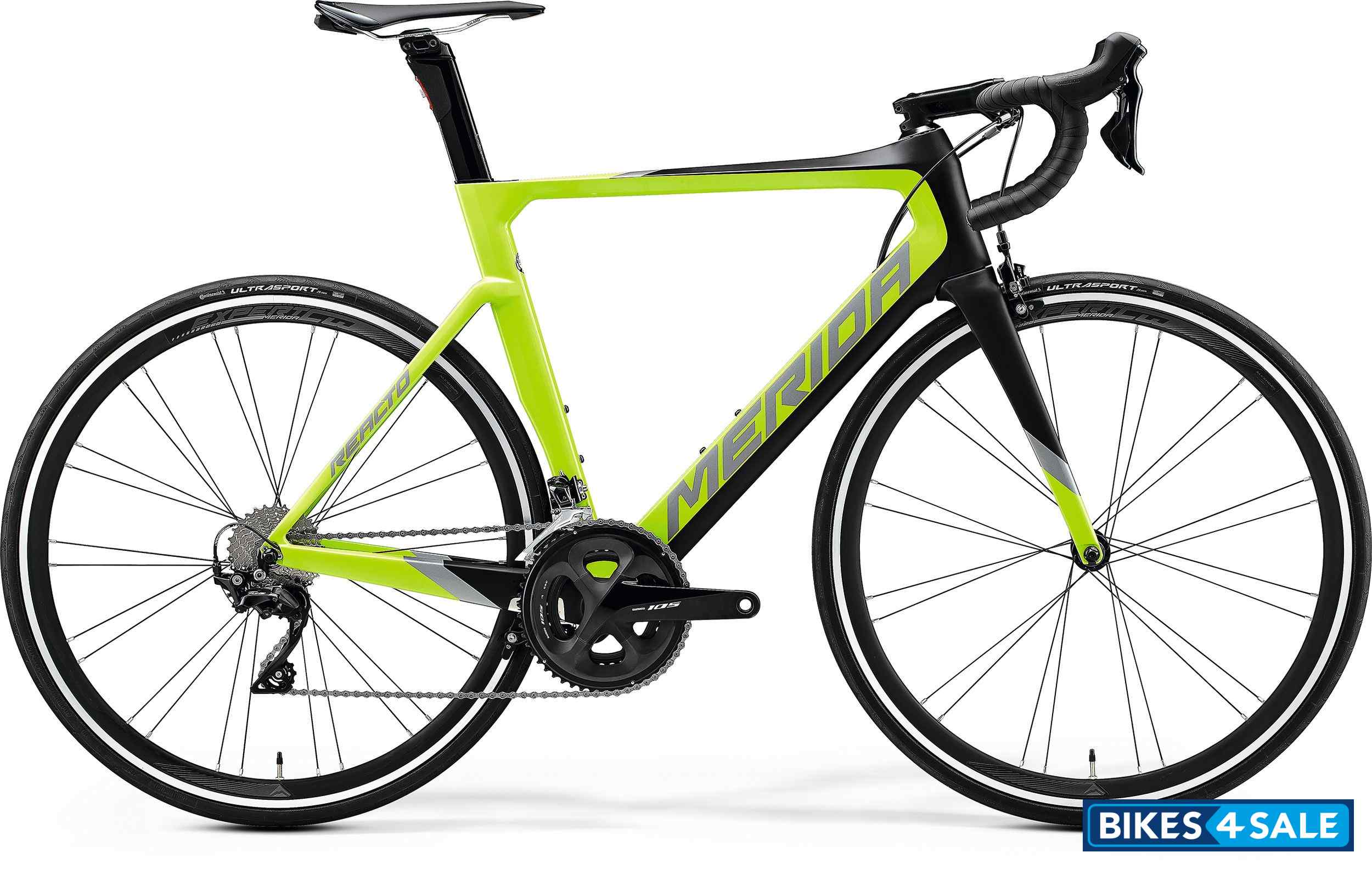
But after looking around at some bike shops in Singapore, I was offered a irresistible deal for a 2014 Merida Reacto 905 which was how I got it. The Merida was not even considered for some reasons, since my final list down to 3 bikes were the Cervelo S2, Canyon Aeroad CF and the Giant Propel.

Pure Aerodynamic Frame with internal cable routing,aerodynamic tubing with bladed fork.Since I was riding an aero bike previously, my next bike also had to be an aero bike! My list of requirements included: I wanted a bike that could be used preferably for more than 5 years and with all the new technologies so that I could resist upgrading it. The overall quality is impressive and it is certainly a fun bike to ride, and with a few component tweaks it could be very good indeed.After my Cervelo S1 started to display signs of corrosion due to paint cracks, I was on the hunt for a new bike or frame. It has a quality frameset and while some might find the ride on the firm side, it is one of those bikes where you can just get out and smash it around a bit. True, it might be a closer match to the Reacto 4000 with its 105 groupset (again, minus the crankset), but it is only a few grams heavier than the 5000 and offers a very good ride quality. > Buyer’s Guide: 21 of the best and fastest 2020 aero road bikesĪnother option though could be the Orro Venturi Evo 105 at £2,099.99. It's heavier than the Reacto by a couple of hundred grams and comes with, in the most part, a 105 groupset, swapping out the crankset for an Oval model. Something like the Fuji Transonic 2.5 Disc comes in at £2,899.99. The Reacto 5000 has an rrp of £2,500 which isn't too bad considering the quality of the frameset and kit level, non-series crankset aside. The geometry is slightly slacker and more relaxed than the CF4 but the claimed weight is pretty impressive: 1,150g for the M/L size that we have. The majority of the models are disc brake, and the 5000 uses the CF2 frame and fork. The Reacto range is available in a number of material and braking options.Įntry-level models are made from aluminium alloy and come with rim brakes, although this does spread into the carbon fibre options too, like the super-bling 8000-E with its more aggressive and lighter CF4 frameset and Shimano Ultegra Di2 components. On the whole, if you are looking at an aero bike then speed is probably your priority, and the Reacto isn't going to let you down. If you hit some hilly terrain the Reacto 5000 doesn't exactly fly up the climbs, but then again neither do I! What it carries in weight is more than offset by the huge levels of stiffness from the oversized tube sections, so if you are like me – a climber trapped in an off-season sprinter's body – you can get out of the saddle and really smash the Merida to the top.


#Merida reacto review Patch#
It feels planted – if you hit an unexpected patch of rough road or get pushed off your line by an impatient close pass, the Reacto never feels nervous or twitchy in your hands. The overall weight, while taking the edge off acceleration, does give a very good feeling of security at speed. The steering is slightly to the quick side of neutral and you can really push it hard through roundabouts and flowing bends without having to scrub off any speed. With the semi-relaxed geometry of the CF2 frame, it is a surprisingly easy bike to ride fast too. With time for being on the bike often being at a premium, especially at the moment with home schooling and the like, the Reacto was great to grab for a couple of hours so I could just smash out the tension and enjoy the escape from monotony. I enjoy quite a firm, stiff frame and the Reacto definitely suits the majority of my riding. The ride is quite firm, there are options out there that take much more of the road buzz and vibration out before it reaches your contact points, but it doesn't exactly make the Reacto uncomfortable.


 0 kommentar(er)
0 kommentar(er)
